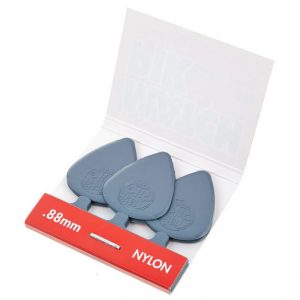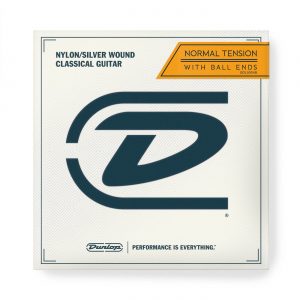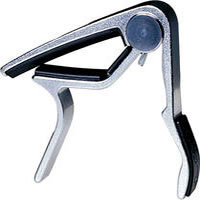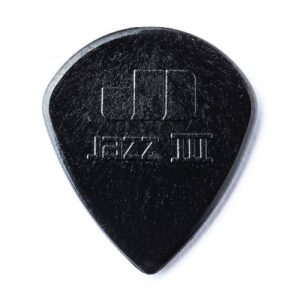Description
The Dunlop Jazztone 206 Medium Tip Plectrum was developed specifically for the jazz guitarist, JD Jazztones feature a super gripping surface, are non-flexible, great for speed, and have a precision contoured edge to ensure a smooth release.
Dunlop Jazztone 206 Medium Tip Plectrum Features:
High-Quality Pick
Reliable and resilient
These are thick; about 2 to 2.5 mm and quite dense in material (seems like “carbon”) that is non-polished but not matte either; an effective gripping surface.
Guitar picks remain one of the most important but often-overlooked links in a guitarist’s sonic chain. Why? Because changing your plectrum can make a surprising difference to your playing style and the tone you produce.
Plectrums have been around for thousands of years, and were traditionally made from natural materials and animal byproducts including bone, tortoiseshell, steel, amber and wood.
The first plastic guitar picks were made in 1922, which went on to influence the shape and style of modern plectrums. Nowadays, guitar picks are commonly made from a range of synthetic materials, including:
- Celluloid
- Nylon
- Acrylic
- Delrin
- Glass
There are three primary factors to consider when choosing a new guitar pick. Firstly, carefully consider your guitar pick’s shape. This affects the surface area of the plectrum and therefore how easy it is to transition between the strings on your guitar or bass.
Strummers and acoustic guitar players may prefer a larger pick, while jazz and metal guitarists tend to prefer smaller, pointed designs to maximise dexterity.
Secondly, the gauge of a pick refers to its thickness; thinner picks are better suited to rhythm playing, while alternate and bass picking can be easier with thicker plecs.
Finally, of course, there’s the material, which affects the grip and the tone. Nylon and celluloid picks produce a warmer, old-school tone, and Tortex and acrylic plectrums offer a brighter, snappier response.
Trax Music Store is an authorised dealer of Dunlop products.






